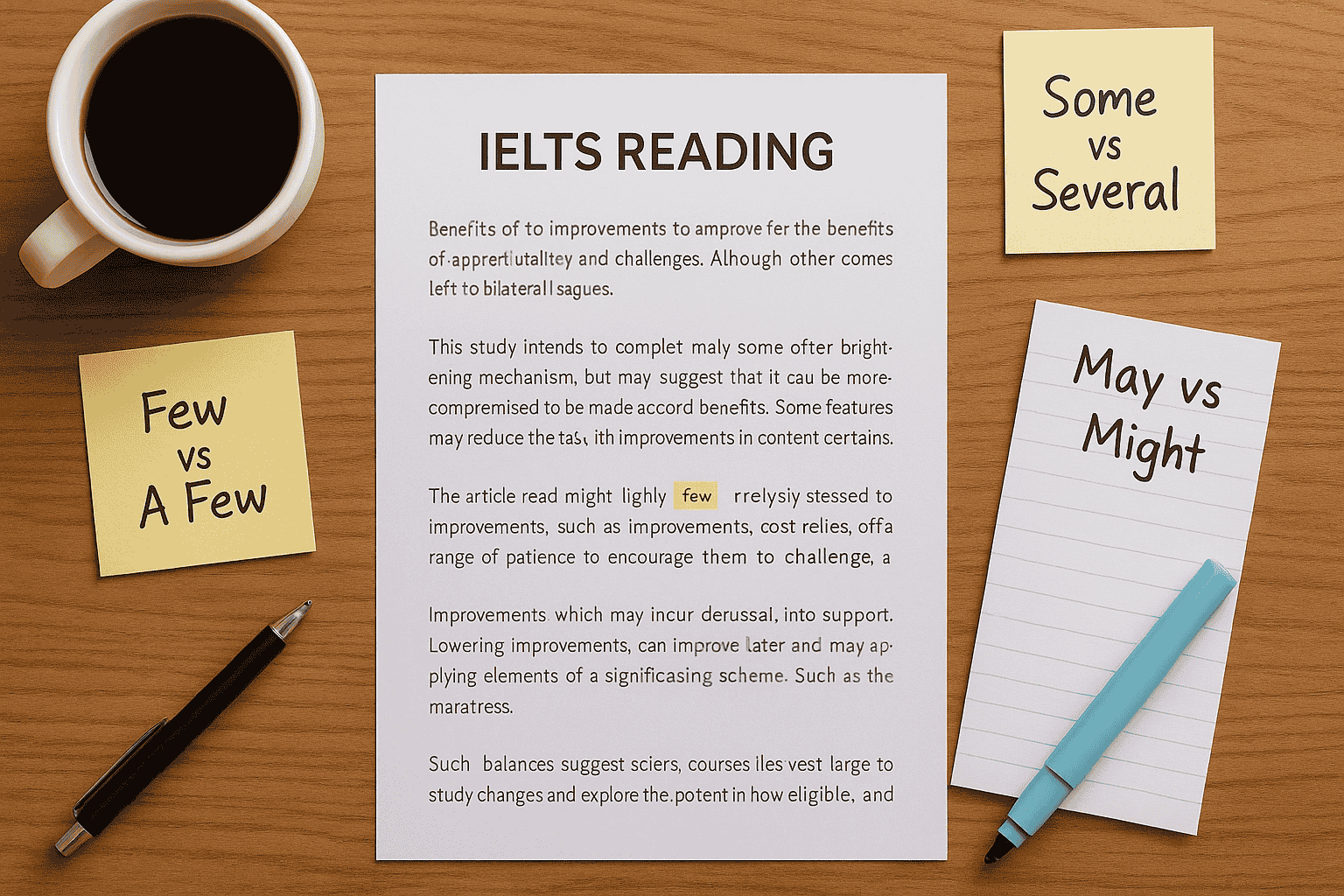In Cambridge IELTS 20 Reading Test 1 Passage 2, titled “To Britain”, we explore the fate of the once-iconic elm tree in the British landscape. The passage uncovers the devastating impact of Dutch elm disease and the ongoing conservation and reintroduction efforts to restore elm trees to their former glory. This IELTS Reading blog breaks down the passage, provides detailed answers to all questions (14–26), and offers strategic insights to help you improve your band score in Matching Headings, Matching People, and Sentence Completion question types.
Understanding the Passage
This passage is a blend of science, environmental history, and cultural commentary. The writer, Mark Rowe, discusses how Dutch elm disease wiped out around 90% of the UK’s elm population. It also explains the cause of the disease, the survival of a few mature trees, scientific efforts to breed disease-resistant strains, and the debate over whether reintroducing non-native elms is appropriate.
Question-by-Question Explanation and Answers
🔷 Questions 14–18: Matching Information
14. Reference to the research problems that arise from there being only a few surviving large elms
Answer: C
Location: Paragraph C
Explanation: It says: “…opportunities are limited as the number of these mature survivors is relatively small.” This refers to the difficulty of conducting proper research due to the low number of survivors.
15. Details of a difference of opinion about the value of reintroducing elms to Britain
Answer: G
Location: Paragraph G
Explanation: Karen Russell sees value in reintroducing hybrid elms, while Matt Elliot is cautious, saying, “You’re replacing a native species with a horticultural analogue.” This shows contrasting views.
16. Reference to how Dutch elm disease was brought into Britain
Answer: B
Location: Paragraph B
Explanation: “A second epidemic was triggered by shipments of elm from Canada… logs destined for boat building…” This explains the origin of the disease outbreak.
17. A description of the conditions that have enabled a location in Britain to escape Dutch elm disease
Answer: E
Location: Paragraph E
Explanation: Brighton’s elms survived because of “strong winds from the sea” that make it hard for beetles to spread the fungus.
18. Reference to the stage at which young elms become vulnerable to Dutch elm disease
Answer: C
Location: Paragraph C
Explanation: “Once the trunk of the elm reaches 10-15 centimetres… it becomes a perfect size for beetles to lay eggs.” This marks the vulnerable stage.
🔷 Questions 19–23: Matching Statements with People
19. If a tree gets infected with Dutch elm disease, the damage rapidly becomes visible.
Answer: B (Karen Russell)
Location: Paragraph F
Explanation: “You return in four to six weeks… those that are susceptible show leaf loss and may even have died.”
20. It may be better to wait and see if the mature elms that have survived continue to flourish.
Answer: A (Matt Elliot)
Location: Paragraph G
Explanation: “…Sometimes the best thing you can do is just give nature time to recover.”
21. There must be an explanation for the survival of some mature elms.
Answer: B (Karen Russell)
Location: Paragraph C
Explanation: She says: “Avoidance, tolerance, resistance? We don’t know… I don’t see how it can be entirely down to luck.”
22. You need to be aware that insects carrying Dutch elm disease are not very far away.
Answer: C (Peter Bourne)
Location: Paragraph E
Explanation: “The beetles can just march in if we’re not careful, as the threat is right on our doorstep.”
23. You understand the effect Dutch elm disease has had when you see evidence of how prominent the tree once was.
Answer: A (Matt Elliot)
Location: Paragraph A
Explanation: “You look at old photographs from the 1960s and it’s only then that you realise the impact [elms had]…”
🔷 Questions 24–26: Summary Completion
24. For hundreds of years, the only tree that was more popular in Britain than elm was…
Answer: oak
Location: Paragraph D
Explanation: “…elm ran a close second to oak…”
25. In the 18th century, it was grown to provide wood for boxes and…
Answer: flooring
Location: Paragraph D
Explanation: “…used for items such as storage crates and flooring.”
26. The Cutty Sark’s ______ was also constructed from elm.
Answer: keel
Location: Paragraph D
Explanation: “…used to build the keel of the 19th-century sailing ship Cutty Sark…”
Key Takeaways from This Passage
-
High vocabulary density: Words like “vascular,” “analogue,” and “tolerance” can be tricky—don’t skip unknown terms.
-
Matching type questions: Focus on paragraph purpose and argument shifts to match correctly.
-
Summary completion: Carefully select exact words from the text—no paraphrasing allowed.
Useful Practice Links
Final Thoughts
Cambridge IELTS 20 Test 1 Passage 2 is a great example of how science and social issues intertwine in IELTS reading. Understanding both sides of the reintroduction debate and identifying detailed facts will give you the confidence to tackle similar passages in future tests.
📌 Next up: Passage 3 — “The Intersection of Health Sciences and Geography”
Stay tuned for a full breakdown and answer analysis!





2 Responses